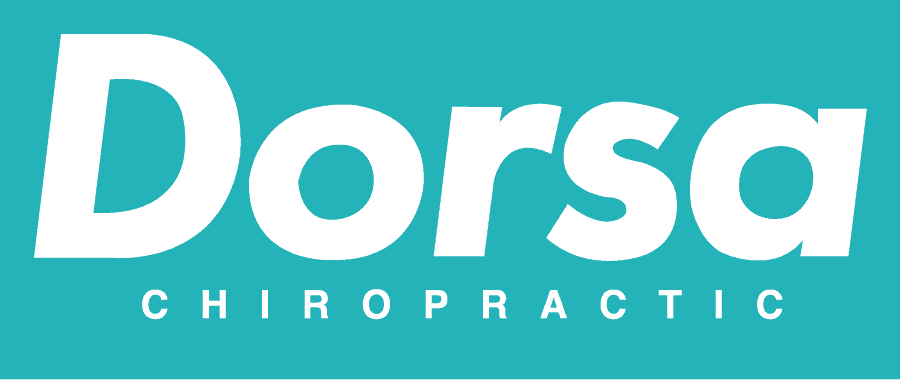Stretching is a fundamental aspect of physical well-being, contributing to flexibility, improved range of motion, and overall muscular health. Two primary approaches to stretching, active and passive techniques, offer distinct benefits in enhancing flexibility and preventing injury. In this exploration, we unravel the intricacies of active and passive stretching, shedding light on their respective techniques, advantages, and the complementary roles they play in promoting optimal physical function.
Active Stretching Techniques:
- Dynamic Stretching:
- Dynamic stretching involves controlled, repetitive movements that take a joint or muscle through its full range of motion.
- Common in warm-up routines, dynamic stretching helps increase blood flow, improve flexibility, and prepare the body for physical activity.
- Active Isolated Stretching (AIS):
- AIS involves actively contracting one muscle group while stretching the opposing group, typically in short, repeated movements.
- This technique aims to enhance flexibility, improve circulation, and prevent muscle imbalances.
- Proprioceptive Neuromuscular Facilitation (PNF):
- PNF incorporates both active and passive components, often involving a partner to assist in stretching.
- The active contraction followed by a passive stretch helps to improve flexibility and reset the muscle’s length.
Benefits of Active Stretching:
- Increases blood flow and warms up the muscles effectively.
- Improves dynamic flexibility, crucial for activities requiring a wide range of motion.
- Enhances neuromuscular coordination and proprioception.
Passive Stretching Techniques:
- Static Stretching:
- Static stretching involves holding a stretch for an extended period, allowing the muscle to lengthen gradually.
- Ideal for improving overall flexibility and maintaining joint health, static stretching is commonly performed during cool-down routines.
- Assisted Stretching:
- In assisted stretching, a partner or external force aids in applying pressure to deepen the stretch.
- This technique allows for a more profound stretch without exerting active effort.
- Gravity-Assisted Stretching:
- Gravity-assisted stretching involves positioning the body in a way that gravity facilitates the stretch.
- This passive approach is often used in yoga poses and certain rehabilitation exercises.
Benefits of Passive Stretching:
- Allows for a deeper and more sustained stretch, promoting improved flexibility.
- Can be effective in targeting specific muscle groups and alleviating tension.
- Facilitates relaxation and helps reduce muscle soreness.
Synergy of Active and Passive Stretching:
While active stretching is crucial for warming up muscles and promoting dynamic flexibility, passive stretching plays a significant role in improving static flexibility and maintaining overall joint health. Combining these techniques in a well-rounded stretching routine can provide comprehensive benefits, enhancing athletic performance, preventing injuries, and promoting a sense of overall well-being.
The art of stretching goes beyond the simple act of elongating muscles; it is a dynamic interplay between active and passive techniques. Incorporating both active and passive stretching into a regular routine empowers individuals to achieve optimal flexibility, reduce the risk of injuries, and nurture a resilient and adaptable musculoskeletal system. Whether preparing for physical activity or winding down after, the marriage of active and passive stretching techniques is a key to unlocking the full potential of the body.

